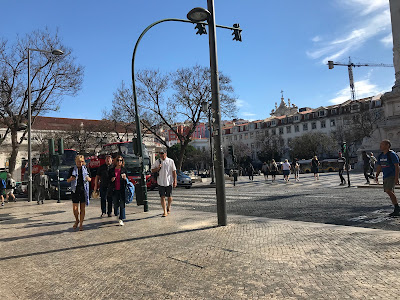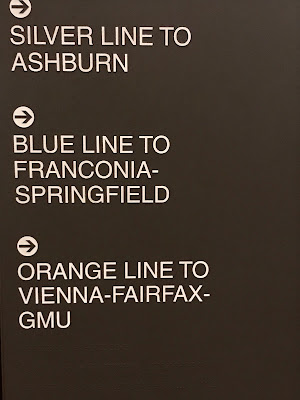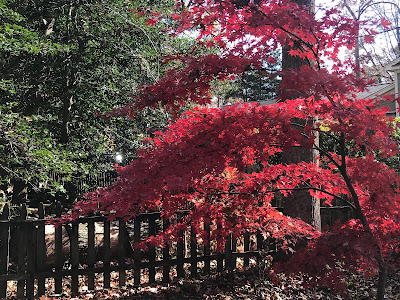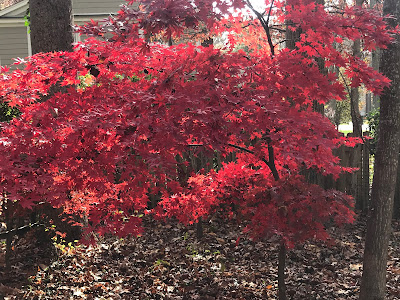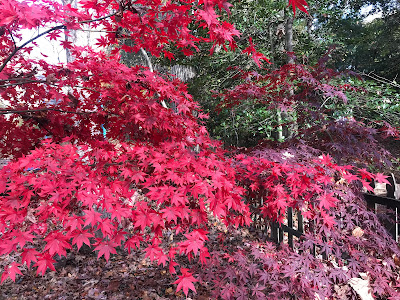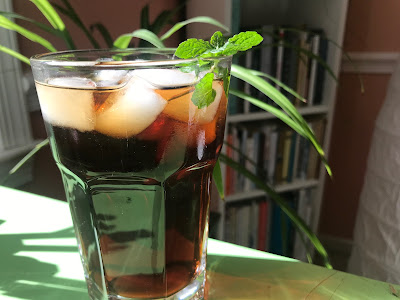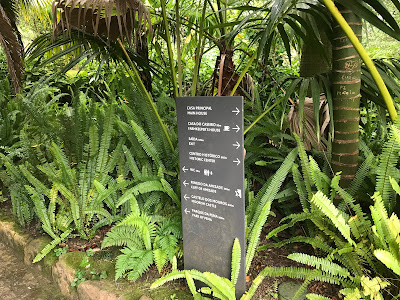Burying the Lead
Last night I read Erling Kagge’s Walking: One Step at a Time, and I did so blind, you might say, unaware of the Norwegian explorer’s biography and significance.
It was the journalist in me that wanted to shout “you buried the lead” when I came across — on page 155 of a 166-page book — the acknowledgment that “I had a bit of luck in that no one else had yet managed to walk alone to the South Pole.” Uh, what?!
Still, it was an interesting exercise to make it almost to the end of this slim volume before learning why, in essence, this slim volume was written. Which is not to say that Kagge doesn’t have a lot to share even as an “ordinary” walker. But being the first human to reach the North Pole, South Pole and the summit of Mount Everest — the “Three Poles Challenge” — on foot does give him a certain authority.
However, I do believe that the revelations he experiences are available to those of us who only trudge around the block. “And this is precisely the secret held by all those who go by foot,” he says. “Life is prolonged when you walk. Walking expands time rather than collapses it.”
(A diagram of the South Geographic Pole, South Magnetic Pole, South Geomagnetic Pole, and the South Pole of Inaccessibility. Courtesy Wikipedia.)


